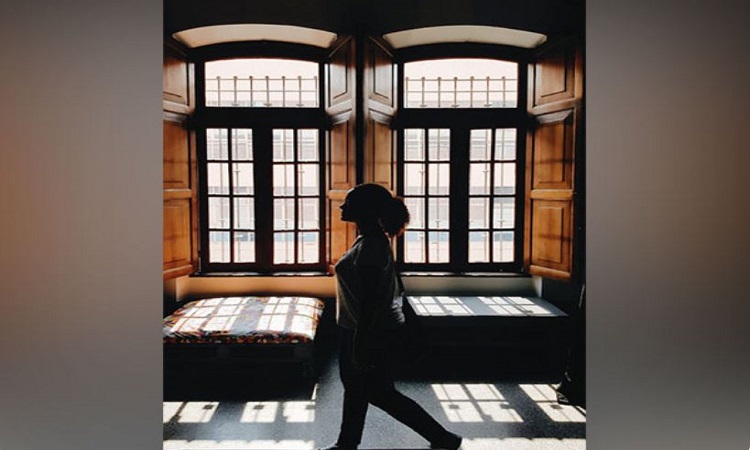Walking home at night is not same for women
A study has found how different the experience of walking home at night is for men">women and men. Read further on dynamite News:

Los Angeles: A study has found how different the experience of walking home at night is for men">women and men.
The study, conducted by Brigham Young University public health professor Robbie Chaney, gives unambiguous visual proof of the frequent environmental scanning that men">women perform when walking in the dark, a safety concern that the study demonstrates is specific to their experience.
Chaney and co-authors Alyssa Baer and Ida Tovar showed participants photos of campus areas at four Utah universities--Utah Valley University, Westminster, Brigham Young University, and the University of Utah--and asked them to click on areas that piqued their interest.
Read This Also: Lung cancer captures immune cell metabolism for its own growth
Women-focused much more on potential safety threats - the images' perimeter -- whereas men looked directly at focal points or their planned goal.
Also Read |
Brisk walking associated with 60-70% lower risk of death in women
"The resulting heat maps represent perhaps what people are thinking or feeling or doing as they are moving through these spaces," Chaney said. "Before we started the study, we expected to see some differences, but we didn't expect to see them so contrasting. It's really visually striking."
Nearly 600 individuals took part in the study, published recently in the journal Violence and Gender, with 56 per cent of participants being female and 44 per cent being male. Each participant looked at 16 images and was told to imagine themselves walking through those areas.
They used a Qualtrics heat map tool to click on the areas of the image that stood out the most to them.
While men tended to focus on the path or a fixed object (like a light, the walking path or a garbage can), the men">women's visual pattern represented a scanning of the perimeter (bushes, dark areas next to a path).
Read This Also: Researchers explain why blueberries are blue
Also Read |
Women empowerment in Jammu and Kashmir
Chaney, along with Baer and Tovar -- both BYU undergrads at the time of the study's inception -- say the findings provide some insight into what it is like to walk home as a woman, which could be multiplied through years or a lifetime of experiences.
"This project has been a fantastic conversation starter to bring awareness to lived experiences, particularly of men">women in this case," said Baer, who recently finished graduate school at George Washington University and now works in Washington, D.C. "My hope is that in having concrete data we are able to start conversations that lead to meaningful action."
The authors said the data suggests that because the environment is perceived and experienced differently by men">women and men, decision-makers in building campus and community environments should consider the varied experiences, perceptions and safety of both.
"Why can't we live in a world where men">women don't have to think about these things? It's heartbreaking to hear of things men">women close to me have dealt with," Chaney said.
"It would be nice to work towards a world where there is no difference between the heat maps in these sets of images. That is the hope of the public health discipline." (ANI)
 Dynamite News
Dynamite News 